
Data-Driven Insights: Transforming Procurement for Better Decisions
Introduction Data powers growth, efficiency, and competitive advantage in today’s fast-paced corporate environment. Procurement is crucial to every organisation. Fast-advancing...

Get 20€ off on your first order!
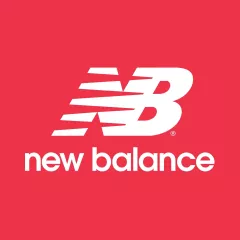

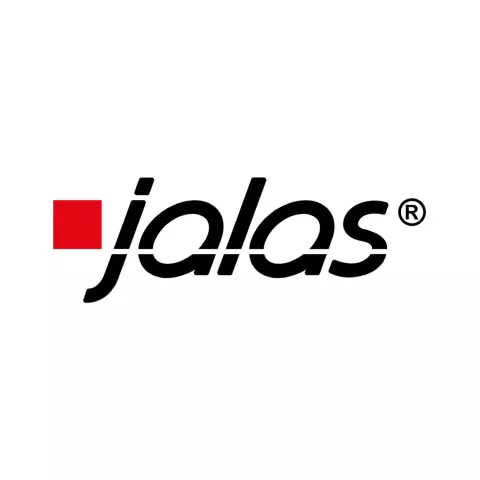
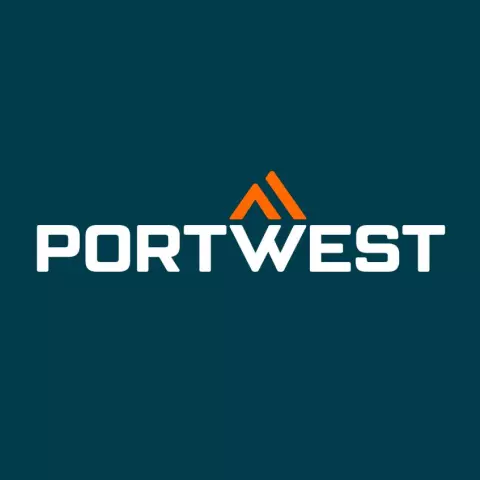



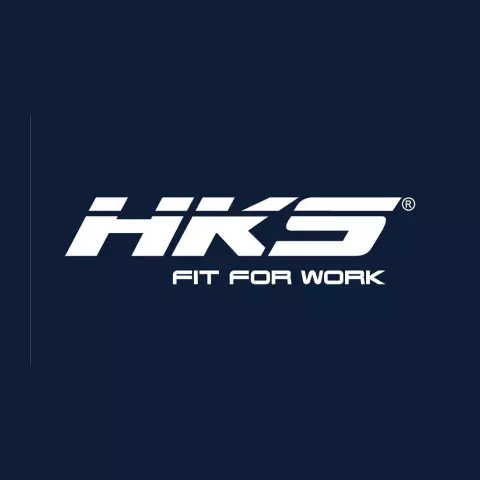


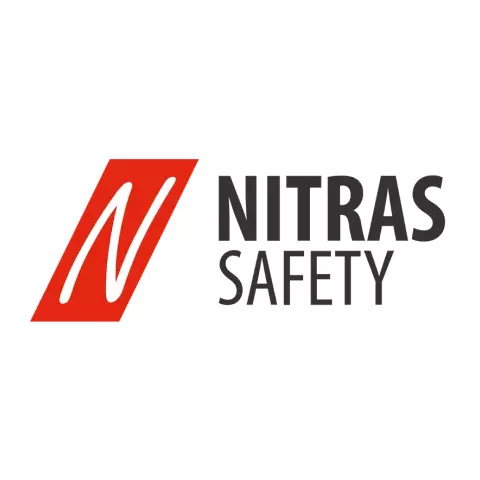




















Every profession requires specialized items or services, and a business has many functions. These products, subscriptions, and services help enhance output and meet organizational goals, but they need an organized purchase strategy. Understanding the differences between Centralized vs Decentralized Procurement can aid in developing this strategy.
Multiple purchasing methods exist depending on your business strategy. The most frequent are centralised and decentralised procurement.
This article will define each approach, explain its merits and downsides, essential considerations, and procurement automation’s future.
Centralised procurement buys all corporate goods and services at the top. A regional or divisional representative makes decisions for a specific organisation. Centralization of purchasing authority is the idea.
Centralised purchasing gives personnel more resources due to its universality. Document approval software, procurement management, tax compliance, automated vendor onboarding, and intelligent intake forms are examples.
Centralised procurement lets a company standardise janitorial services across ten locations. Project scope and market approach are done by procurement. They will analyse suppliers, negotiate bulk discounts, and choose one and grant the contract.
This strategy may overlook SMEs in different locations. Even though offices have various housekeeping needs, it uses a one-size-fits-all solution.
Centralised procurement improves spend management and scale. Purchasing has a dedicated workforce and centralised data and information oversight. More purchases mean better discounts.
This procurement method reduces maverick spending by giving more control over a standardised process. One point of contact for important suppliers simplifies inventory management and improves compliance and commercial partnerships.
Centralised procurement reduces risk by managing environmental, sustainability, and governance agendas. Holistic category methods and strategies are also possible.
Procurement specialists handle centralised purchasing. This allows strategic sourcing at all sites.
Centralised procurement increases delivery and turnaround times and workloads, causing bottlenecks. As a company grows, this procurement may become excessively complicated and expensive. End consumers may receive goods and services late.
Additional drawbacks:
In fully decentralised procurement, each company unit (function or location) makes its own purchases. The larger the company, the more widespread procurement is across locations and countries.
However, realism sometimes prevails. It may not be feasible to handle all purchases in one office. Although some benefits of a central model are lost, supplier diversification and SME development are improved.
Decentralised procurement allows faster decisions to take advantage of seasonal reductions and avoid stock-outs. Maintaining local business contacts is cheaper.
Decentralised purchasing speeds decision-making. In contrast to HQ, onsite managers curate purchases. These managers can buy goods for that location.
A popular apparel firm employs decentralised procurement to satisfy business demands. When the workplace runs out of pens and paper, the supervisor doesn’t need to make a formal request. They need not submit a central purchasing request. They call and meet the need immediately.
Decentralised buying increases supplier and local choice. Faster decision-making, quicker delivery timelines, and fewer bottlenecks.
Other benefits include:
Decentralised procurement teams cannot share best practices and must follow business policy. Compartmentalised purchasing may cost more than centralised purchasing. Data management and category strategy execution are disorganised.
A business loses scale benefits like bulk savings with decentralised purchasing. Duplication of contract and vendor management leads to inefficient spend management and more suppliers.
Additional drawbacks:
60-70% of procurement teams are now strategic, but there is no set procurement system.
Consider these factors when choosing centralised or decentralised procurement:
In manufacturing, facility location is important. Centralised buying works best for nearby production centres. It’s also good when the plant makes standard items with one raw material or production centre.
Decentralised procurement is better for distant production centres and facilities that make various products from different raw materials.
One procurement structure doesn’t fit everyone. Centralization or decentralisation depends on the number of personnel, industry, growth pace, location, and categories under supervision.
Decentralised or centralised procurement isn’t only an issue of personal taste for businesses. The right model depends on basic variables. It may combine both ways.
How do you choose a corporate procurement structure? As they grow, companies want centralised buying. Centralization ensues. However, no model can sustain unanticipated gains forever.
Over time, any procurement operational model loses its benefits and becomes harder to achieve. Companies may become too complex to manage purchasing centrally, or the business strategy may need local sourcing and supplier selection.
Sometimes a structural change is needed to enable procurement to produce value in new ways and sustain or improve benefits. To add value, procurement must match with strategic goals and business culture.
KPMG research shows that many organisations are hybridising procurement with center-led architectures. Most organisations meet the development curve with a flexible system that secures governance and risk management when procurement organisation models change fast.
A hybrid procurement strategy is optimal for speed, efficiency, and cost savings since it combines the advantages of centralised and decentralised procurement.
While business units buy tactically, a center-led structure handles all strategic procurement and sourcing.
The procurement COE underpins a hybrid model. The COE team of strategic policymakers, sourcing specialists, project managers, and experts creates the framework for all procurement activities in the organisation.
The business’s Centre of Excellence highlights strategic categories that could benefit from a centralised strategy, leveraging the entire organization’s spend. Non-strategic categories should be handled by localised markets and subject matter specialists at each unit, but the COE must build processes.
A Centre of Excellence makes it easy to communicate excellent practices across the company. The group will considerably minimise maverick buying and preserve performance and consistency.
Many studies show that organisations with center-led procurement strategies reduce supply costs and spend under management better than those without.
No matter the purchase procedure, automation will boost workflow and cut time. Procurement automation speeds up purchases and frees experienced workers from tedious activities.
Automation includes robotic process automation (RPA), which studies show over 50% of high-performing procurement teams have tested.
What processes do procurement teams automate most?
Businesses benefit from automating procurement and the processes above, whether they use centralised or decentralised procurement. Expect these benefits:
Automating procurement will boost internal-external teamwork.
Best to automate processes with procurement automation software. No one can stop these tools’ growth. The global procurement software market will reach $9.5 billion by 2028.
A procurement team may focus on strategy and decision-making while the robot does the rest with procurement automation software.
It helps decentralised teams buy the goods/services they need to be effective, while system-configured internal controls ensure centralised administration and procurement policy compliance.
Procurement automation software boosts productivity and ensures informed expenditure. Thus, procurement directors may rest assured that every spending is approved, under budget, auditable, and policy-compliant.
It consolidates records, visibility, and reporting, enabling purchasing consolidation and discounts or better terms.
Decentralised procurement occurs as needed, while centralised procurement is top-down. Both strategies have merits and cons, and which is best depends on your industry, company size, geography, and other criteria.
Automation is the key to procurement success. However, 83% of procurement experts claimed less than 50% of their procedures are automated.
A forward-thinking procurement strategy that maximises third-party connections and innovates is needed. A hybrid procurement model that employs centralised and decentralised tactics depending on business needs generally succeeds.
Your goal should be to manage all purchasing operations to optimise compliance, productivity, profitability, and spend management, regardless of model.
Thank you! You've signed up for our newsletter.









Introduction Data powers growth, efficiency, and competitive advantage in today’s fast-paced corporate environment. Procurement is crucial to every organisation. Fast-advancing...

Introduction In today’s competitive corporate climate, indirect procurement (IP) is crucial to operational efficiency and cost control but sometimes disregarded....

Introduction Organisations need SS to improve procurement procedures, supplier relationships, and ROI. Businesses may increase growth and efficiency by changing...

Introduction Data powers growth, efficiency, and competitive advantage in today’s fast-paced corporate environment. Procurement is crucial to every organisation. Fast-advancing...

Introduction In today’s competitive corporate climate, indirect procurement (IP) is crucial to operational efficiency and cost control but sometimes disregarded....

Introduction Organisations need SS to improve procurement procedures, supplier relationships, and ROI. Businesses may increase growth and efficiency by changing...
Get 20€ off on your first order!
Save 30% by buying directly from brands, and get an extra 10€ off orders over €100
Save 30% by buying directly form brands, and get an extra 10€ off orders over €100